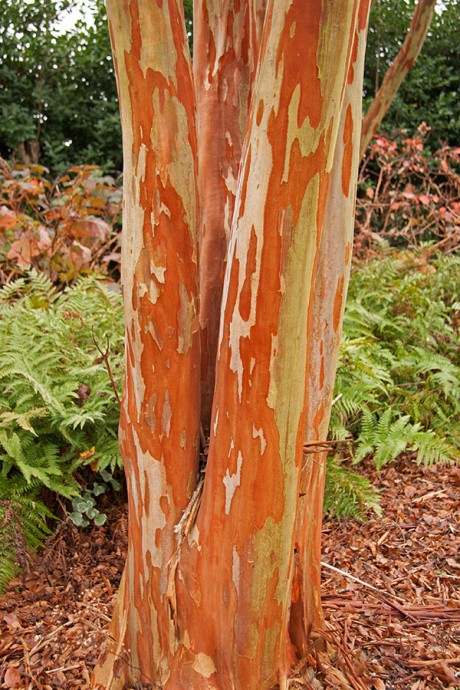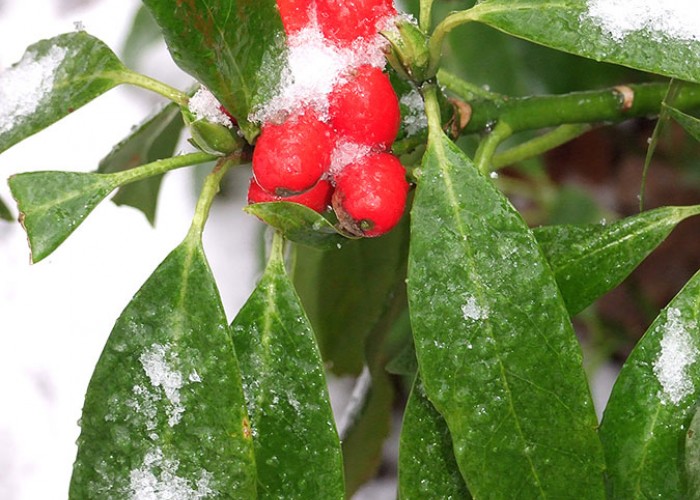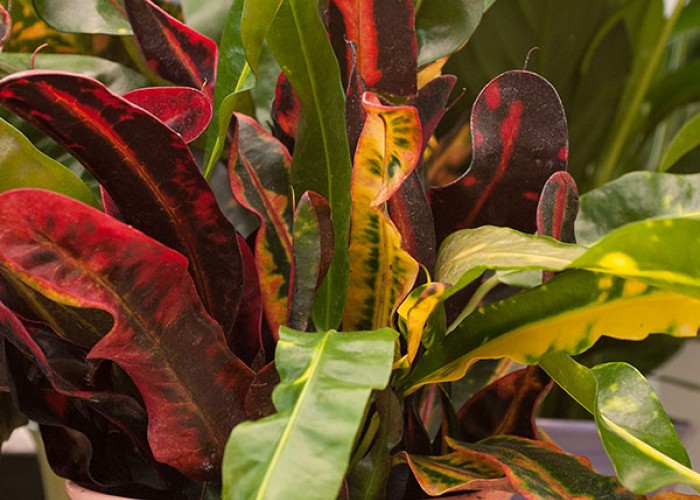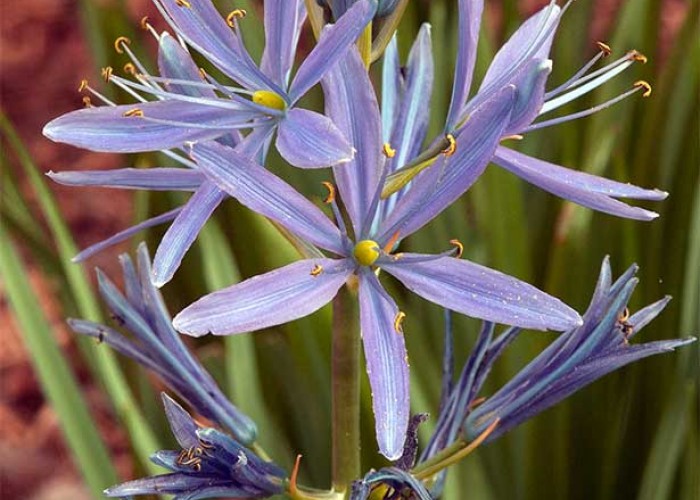Crape Myrtles for Flashy Winter Bark
Plus Garden To-Do’s for November
By L.A. JacksonLate autumn is a good time to add trees and shrubs to the landscape, and one perennial favorite for North Carolina gardeners is the crape myrtle. Once established, it becomes a dependable beauty that blooms like crazy through the long, hot summer months. Crape myrtle’s fall foliage show can be flashy as well, but, after that, it dulls visually through the winter months.
But this doesn’t have to be the case.
The crape myrtles that originally came to America’s colonies from China and Korea in the mid-1750s were Lagerstroemia indica — flowering floosies, for sure, but, come winter, their bare gray branches blended in with the rest of the bland landscape.
However, in the 1950s, selections of crape myrtles such as Lagerstroemia faurei from Japan were introduced that proved more resistant to a common crape problem: powdery mildew. As a bonus, many of these new crape myrtles sported sassy, colorful trunks and limbs that sizzled in intense shades of burnt orange, warm brown or rust red as the bark exfoliated.
Based on this, breeders at the National Arboretum in Washington, D.C., began crossing crape myrtle species to bring out the best features, and they succeeded in a big way by introducing their popular Indian Tribe Series, with several cultivars (of which many are widely available) showing off stunning bark colors during the shortest days of the year.
“Natchez,” considered one of the best in the series for strong winter bark color, simmers in an intense rust red. This white-flowering crape also makes a statuesque statement, growing up to 30 feet in height. “Choctaw” will stretch just as tall and has comparable bark color but flaunts vivid pink blooms. Other crapes similar in size and appealing bark are “Biloxi” (pale pink flowers) and “Muskogee” (light purple).
There are cultivars in the series that restrain their heights to around 15 feet tall, such as “Apalachee” with pleasing lavender flowers and handsome chestnut-colored winter bark. The trunk and branches of “Osage” have similar coloration, but this beauty sports warm pink blooms.
Need even smaller? Try the 10-foot-tall “Pecos” with its mid-pink flowers and mottled, reddish-brown bark, or “Cheyenne” that shows off light reddish-brown bark and vivid, solid red blooms.
There are more pretties in the Indian Tribe Series — as well as other, similar crape introductions not from this group — capable of bringing botanical fire to the wintry times with their eye-catching bark, so why not warm up to the idea and include one or more in your landscape?
Garden To-Do’s for November
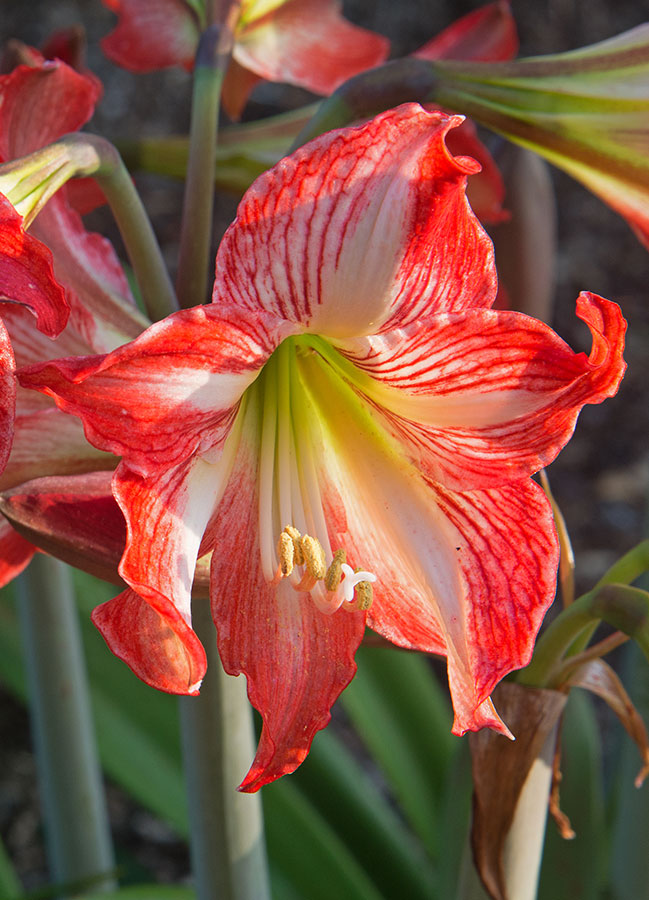
Amaryllis
- If you receive an unsprouted amaryllis bulb for a Christmas present this holiday season, to encourage a show of flowers indoors this winter, the key is to crowd it. The space between the bulb and the edges of its pot should be no more than an inch. Also, the heavier the pot, the less likely this tall beauty will tip over easily when it reaches its full height and begins to bloom. Finally, to help the blossoms last longer, keep the plant away from dry air drafts that come from heating vents during the cold winter months.
- The nastiness that is black spot on roses is a soil‑borne fungus, so to help break up its life cycle in the ground—and its impact on your plants—rake up all spent flowers and leaves as well as any leftover summer mulch and toss the whole mess away. Do not compost. Then, add a fresh, clean covering of mulch to protect rose roots through the winter months.
- To keep a standard crape myrtle in bounds, prune it back every few years in February. Depending on whether you want a multi-stemmed large shrub or a single-trunk tree look, pruning can be complicated. But to prevent the dreaded “crape murder” look, check out online tips from the Florida-based Crape Myrtle Company.
About the Author
L.A. Jackson is the former editor of Carolina Gardener Magazine. If you would like to ask him a question about your garden, contact L.A. at: lajackson1@gmail.com
-
More garden hints for November

